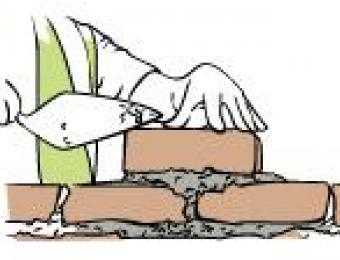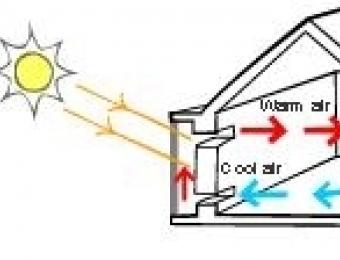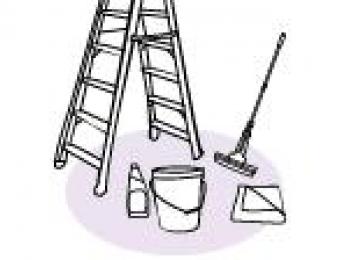
What are bricks?
Bricks are rigid blocks, generally rectangular in shape, that are used to construct many kinds of structures - including walls. The first bricks (which date back to before 7500 BC) were simple blocks fashioned from mud and then packed together. Air-dried bricks had emerged in Mesopotamia by 4000 BC, and a few hundred years later the Chinese were using ceramic kilns to fire bricks similar to the house bricks we use today.
Common house bricks are made up of clay and shale. Their colour depends on what kind of clay mix is used, the firing temperatures, various kiln settings and any additives used. These additives might include sawdust, coal, coke and manganese.
Why are bricks used?
Brick is a durable finish that can be used to achieve many styles of facade and is easy to obtain. Homes built from solid brick are more expensive than brick veneer, however they are likely to be stronger and better at insulating your home. They will also have a a greater thermal mass which means indoor temperatures stay better regulated.
Advocates of brick argue that they are an environmentally friendly option for building as they last for a long time after manufacturing and do not need regular repainting or other maintenance procedures. While this is true, the manufacturing process does need to be taken into account when assessing the value of brick as an environementally friendly building product.
How are bricks installed?
Bricks can be installed either as a veneer around a timber frame, or to create load bearing walls in a solid brick home. Brick veneer walls are generally made from a single column of bricks built up in an overlapping grid pattern, using mortar to help keep the bricks together. The brick wall is then anchored to the frame to ensure it remains stable. Solid brick homes have a double layer of brick with a layer of foam insulation in between. This will give your home a brick finish on both its interior and exterior. Brick interior walls can be left exposed as a decorative feature or they may be painted, rendered or hidden behind plasterboard. Other uses for brick indoors include fireplaces, mantlepieces and chimneys.
Are bricks easy to maintain?
Brick walls are relatively easy to maintain. Unlike other wall building materials, brick doesn't rot, dent, or need to be painted. New brickwork sometimes excretes a white salty powder which you might notice sitting on the outside of your walls. This is efflorescence and it comes from salts in cement and mortar. Efflorescence is harmless and can be removed using a brush with non-wire bristles. Otherwise, regular checking and replacement of decaying mortar is the only maintenance concern you are likely to experience with brick walls.
|
Advantages
|
Disadvantages
|





